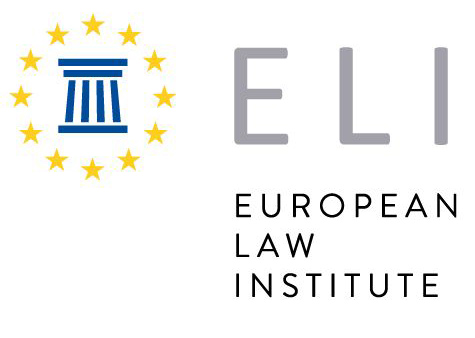Case Studies
Case Study 1
An insurance company offers insurance to cover the consequences of flight delays using blockchain technology. A third party company, called ‘oracle’, informs the insurance company of the event of a flight delay, which triggers the payment of compensation for the benefit of the insured.
However, the general terms and conditions of the insurance contract make no reference to the use of a blockchain and a smart contract to automatise the insured's payment.
In the event of non-payment of compensation following a flight delay, can the insured invoke the blockchain register in court to assert their rights?
Case Study 2
A start-up is trying to implement parametric insurance solutions (for instance, if a plane arrives late, the insured person will receive compensation) in the form of a decentralised autonomous organisation (DAO) on a blockchain. In this DAO, seen as a bundle of smart contracts, different types of actors interact, including the insured persons, the risk pool and ‘sovereign workers’: ‘keepers’ that organise new product development and earn a percentage of the premium, ‘oracles’ that earn a fee per oracle call, ‘licence providers’ that earn a percentage of the premium for issuing licences or filling compliance reports and ‘distributors’ that earn a fee for distributing premiums to consumers.
This start-up supports the idea of a ‘functional equivalent approach’ between the DAO, which allows automated payments of compensation to the insured person in the event of a risk occurring, and the system proposed by regulated insurance companies.
A ‘functional equivalent approach’ is a concept that emerged in the work of UNCITRAL in 1996, during reflection on electronic commerce and has then been used in many European and national texts on the topic.
The ‘functional equivalent approach’ is inextricably linked to the notion of technological neutrality – a tool for the proper drafting of legislative texts, according to which a legislative text must be drafted in the most neutral way possible, so as not to discriminate, either to the detriment of technological tools and in favour of traditional legal tools, or between the different types of technological tools.
The ‘functional equivalent approach’ is, for its part, originally a tool for interpreting texts, as an extension of the teleological interpretation method, according to which a text must be interpreted and applied in the light of its aims and purposes.
In this respect, if a technology, a method, a reliable technical system fulfils the same functions as a traditional legal tool, the idea is that it should be given the same recognition as the traditional legal tool.
According to blockchain and DAO developers, the ‘functional equivalent approach’ could allow for creating experimental texts, and therefore potentially offers recognition to a form of technological/electronic firm without legal personality, which has a purpose of fulfilling a given function, such as an insurance function.
This ‘functional equivalent approach’ raises a number of questions concerning its recognition.
What are the legal possibilities of the insured person in the event of the DAO's governance failure to fulfil its insurance role? In the absence of identification of a co-contractor of the insured person, can the DAO, as a bundle of smart contracts, still be considered as allowing the automated performance of a legal contract?
In addition, in highly regulated sectors such as insurance, can this type of DAO be implemented without the presence of an insurance company in a community of actors that organises the governance of the DAO?
